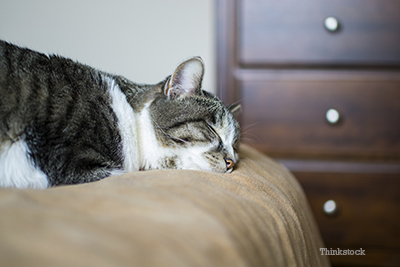The infection may be caused by one or more viral and bacterial agents that are capable of causing disease in cats.
Cat nose bleed upper respiratory infection.
Bleeding from the nose snorting sneezing nasal discharge weakness lethargy facial swelling pawing at or rubbing the nose or face bad breath trouble breathing exercise intolerance bleeding gums unexplained bruising dizziness or confusion dark or black feces prolonged bleeding from.
Other possible causes are.
When should you bring your cat in for a vet visit.
Feline herpes viral rhinotracheitis and feline calicivirus infection are the most common causes of acute rhinitis and sinusitis in cats although other viruses could also be at fault.
Foreign material lodged in nasal cavity cats with foreign debris that has lodged in the nasal cavity require vet attention.
Fungal infection especially cryptococcosis.
If your cat has recently suffered from an upper respiratory infection he may have scratched his nose as a response to a runny or raw nose.
Why a cat is sneezing blood with an upper respiratory infection possible causes.
Bronchiseptica and chlamydophila felis c.
Some of the other common symptoms may include a discharge from the nose or eyes sniffling a fever often evident by a lack of appetite a hoarse meow or no voice at all and ulcers in the mouth or on the nose.
Sneezing is the most common sign as well as a discharge from the eyes and nose drooling congestion and decreased appetite.
Upper respiratory infections are rife in large groups of felines such feral colonies and.
A sneezing cat or a coughing cat can signal an upper respiratory infection.
Signs that your cat s nose is bleeding include.
The most common viruses that cause upper respiratory infections in cats are feline herpesvirus type 1 also known as feline viral rhinotracheitis or fvr and feline calicivirus fcv while the most common bacteria that cause upper respiratory infections in cats are bordetella bronchiseptica b.
Sneezes follow rapidly usually within 24 hours of the red eyes and the sneezing will be followed by bubbles at the nose snorting to clear the nose and head congestion.
Bacterial infections often occur after the initial onset of a viral infection.
Symptoms of feline upper respiratory infections sniffling sneezing clear to pus like discharge from the eyes and or nose coughing and lethargy are common symptoms of an upper respiratory infection in cats.
Nasal discharge with flecks of blood bubbles from the nose pawing at the nose snorting.
If the nosebleed is not the result of ruptures from excessive sneezing.
A mild case may not progress any further than this but some cats will also begin coughing act as if they have a sore throat run a fever and develop chest congestion.
Upper respiratory infections are usually caused by a virus either the herpes virus the calici virus or both.

